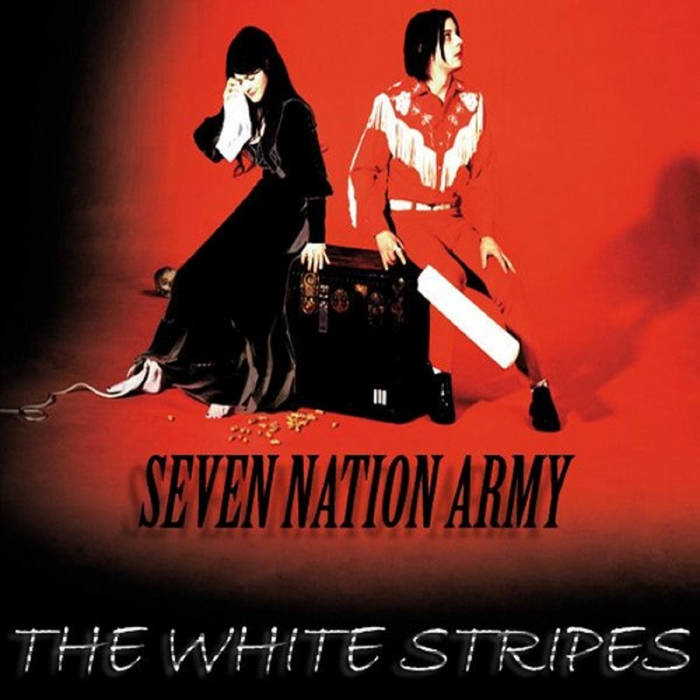 In 2000, the Dixie Chicks—then a rising powerhouse in country music—released “Goodbye Earl”, a track that instantly grabbed attention for its darkly comic storytelling and unflinching portrayal of domestic violence. Unlike most mainstream country songs of the era, which often leaned into sentimental ballads or conventional narratives, “Goodbye Earl” combined humor, sass, and social commentary into a bold, unforgettable package. The song’s catchy melody and infectious harmonies mask the gravity of its subject matter, allowing listeners to engage with a story that is at once shocking, entertaining, and deeply empowering. With its narrative of two women taking matters into their own hands against an abusive husband, “Goodbye Earl” stands as one of the Dixie Chicks’ most iconic and provocative songs, blending sharp storytelling, musical craftsmanship, and cultural relevance.
In 2000, the Dixie Chicks—then a rising powerhouse in country music—released “Goodbye Earl”, a track that instantly grabbed attention for its darkly comic storytelling and unflinching portrayal of domestic violence. Unlike most mainstream country songs of the era, which often leaned into sentimental ballads or conventional narratives, “Goodbye Earl” combined humor, sass, and social commentary into a bold, unforgettable package. The song’s catchy melody and infectious harmonies mask the gravity of its subject matter, allowing listeners to engage with a story that is at once shocking, entertaining, and deeply empowering. With its narrative of two women taking matters into their own hands against an abusive husband, “Goodbye Earl” stands as one of the Dixie Chicks’ most iconic and provocative songs, blending sharp storytelling, musical craftsmanship, and cultural relevance.
The track tells the story of Mary Ann and Wanda, two lifelong friends whose lives intersect with a dangerous man named Earl. Wanda marries Earl, only to discover his abusive nature, and the women plot to rid themselves—and the world—of his destructive influence. The narrative unfolds with dark humor, irony, and a sense of justice that is both satisfying and morally complex. The song’s lyrics, delivered with the Dixie Chicks’ trademark harmonies and energy, create a vivid, cinematic quality, drawing listeners into the story and inviting them to cheer for the protagonists.
The Dixie Chicks: Bold Voices in Country Music
By 2000, the Dixie Chicks—composed of Natalie Maines, Emily Robison, and Martie Maguire—had established themselves as more than just skilled musicians; they were bold storytellers unafraid to tackle unconventional or controversial topics. Their blend of traditional country instrumentation, polished vocal harmonies, and contemporary pop sensibilities allowed them to reach a wide audience while maintaining credibility in the country music world.
“Goodbye Earl” exemplifies the trio’s fearless approach to songwriting and performance. While many country songs focused on romantic love, heartbreak, or small-town nostalgia, the Dixie Chicks were willing to explore darker, socially relevant themes with wit and musical sophistication. The combination of humor, narrative storytelling, and catchy instrumentation made “Goodbye Earl” stand out on the charts and in popular culture, establishing it as a defining moment in the band’s career.
Lyrics and Themes
At its core, “Goodbye Earl” is a narrative song—a mini-movie told in music. The lyrics are precise, witty, and cinematic: “Wanda looked at Mary Ann / ‘This boy’s gonna kill me. I’m going to Florida.’” From the first line, the song establishes tension, character motivation, and narrative stakes. The story escalates as Wanda and Mary Ann devise a plan to deal with Earl, culminating in his dramatic demise.
While the song’s humor and storytelling are engaging, the underlying theme is serious and socially significant: the song addresses domestic abuse and the limitations victims often face within traditional systems of justice. By framing the narrative with dark humor, the Dixie Chicks allowed listeners to confront a difficult issue while also celebrating female agency and friendship. The song’s message is clear: women have the power to protect themselves, seek justice, and take control of their destinies—even if it requires breaking societal norms.
Musical Composition and Style
Musically, “Goodbye Earl” blends traditional country instrumentation with pop-infused energy. Acoustic guitars, fiddles, and light percussion provide a bright, upbeat backdrop that contrasts sharply with the dark narrative, enhancing the song’s ironic tone. The chord progression is simple but effective, allowing the focus to remain on the lyrics and vocal delivery.
Natalie Maines’ lead vocals are both playful and assertive, capturing the blend of humor and determination central to the song’s story. The harmonies provided by Emily Robison and Martie Maguire add depth and texture, creating a sense of camaraderie that mirrors the friendship between Mary Ann and Wanda. The arrangement is tight, energetic, and highly listenable, ensuring that the song remains catchy and engaging despite its heavy subject matter.
Reception and Controversy
Upon its release, “Goodbye Earl” quickly became a commercial and critical success, charting highly on country music and mainstream charts. Its popularity was driven by the song’s narrative brilliance, humor, and the Dixie Chicks’ vocal prowess. Audiences responded enthusiastically to the story, and the song became a staple of radio playlists, live performances, and country music collections.
However, the song was not without controversy. Some listeners criticized it for its dark humor and depiction of murder as a solution to abuse, arguing that it glamorized vigilantism. Others praised the track for empowering women and bringing attention to domestic violence in a way that was accessible and memorable. The debate surrounding the song underscored the Dixie Chicks’ willingness to challenge conventions and address difficult topics, cementing their reputation as fearless artists unafraid of risk or controversy.
Music Video and Visual Storytelling
The music video for “Goodbye Earl” amplified the song’s impact. Directed with cinematic flair, the video brings Mary Ann, Wanda, and Earl to life, portraying the narrative with humor, drama, and visual storytelling that complements the lyrics. The exaggerated performances, playful camera work, and period-inspired aesthetic enhance the song’s ironic tone while keeping the story engaging and clear. The video’s success on television further solidified the track’s place in popular culture, making it instantly recognizable and widely discussed.
The video also highlights the Dixie Chicks’ flair for theatricality and character-driven storytelling. By visually dramatizing the song’s events, the video allows audiences to engage with the narrative more fully, creating a multi-sensory experience that blends music, story, and visual artistry.
Cultural Significance
“Goodbye Earl” remains culturally significant for its bold approach to storytelling and its engagement with social issues. Domestic abuse is a topic often neglected or sanitized in mainstream music, yet the Dixie Chicks addressed it head-on, albeit with humor and irony. The song celebrates female friendship and empowerment, emphasizing the strength and resilience of women who face adversity.
The song also reflects broader cultural trends of the late 1990s and early 2000s, when country music began to incorporate more contemporary influences, embrace unconventional narratives, and appeal to a wider, often younger, audience. “Goodbye Earl” exemplifies this shift, blending traditional instrumentation with pop sensibilities, dark humor, and socially relevant storytelling.
Live Performances and Fan Reception
In live performances, “Goodbye Earl” is a showstopper. Audiences respond enthusiastically to the song’s catchy chorus, narrative tension, and playful energy. The Dixie Chicks’ onstage charisma, combined with the story-driven nature of the track, creates a dynamic performance that engages fans and encourages sing-alongs.
The song’s live longevity demonstrates its enduring appeal. It has become a staple of the Dixie Chicks’ concerts, resonating with fans both new and old. The track’s blend of humor, empowerment, and musical craftsmanship ensures that it continues to connect with audiences decades after its initial release.
Legacy and Enduring Appeal
Decades after its release, “Goodbye Earl” remains one of the Dixie Chicks’ most iconic and beloved songs. Its unique combination of dark humor, narrative storytelling, and musical energy has secured its place in the pantheon of memorable country music tracks. The song continues to be celebrated for its storytelling, vocal performance, and cultural resonance, influencing other artists to tackle serious topics with creativity and courage.
The track’s legacy extends beyond music charts and awards. It is recognized as a bold statement about female empowerment, friendship, and the complexities of addressing social issues through art. By blending entertainment with social commentary, the Dixie Chicks created a song that is both memorable and meaningful, proving that country music could be witty, provocative, and culturally significant at the same time.
Conclusion: Humor, Justice, and Unforgettable Country
Released in 2000, the Dixie Chicks’ “Goodbye Earl” stands as a masterful example of narrative-driven country music. Its combination of dark humor, vivid storytelling, and infectious musical energy makes it a song that is both entertaining and thought-provoking. The track tackles the serious subject of domestic violence while celebrating female friendship, resilience, and empowerment, all wrapped in an accessible, memorable package.
“Goodbye Earl” remains a testament to the Dixie Chicks’ creativity, courage, and commitment to storytelling. It exemplifies the power of music to entertain, provoke thought, and reflect social realities while maintaining broad appeal. Decades after its release, the song continues to resonate with listeners, capturing imaginations, inspiring discussions, and securing its place as a culturally significant and unforgettable entry in the history of country music.


